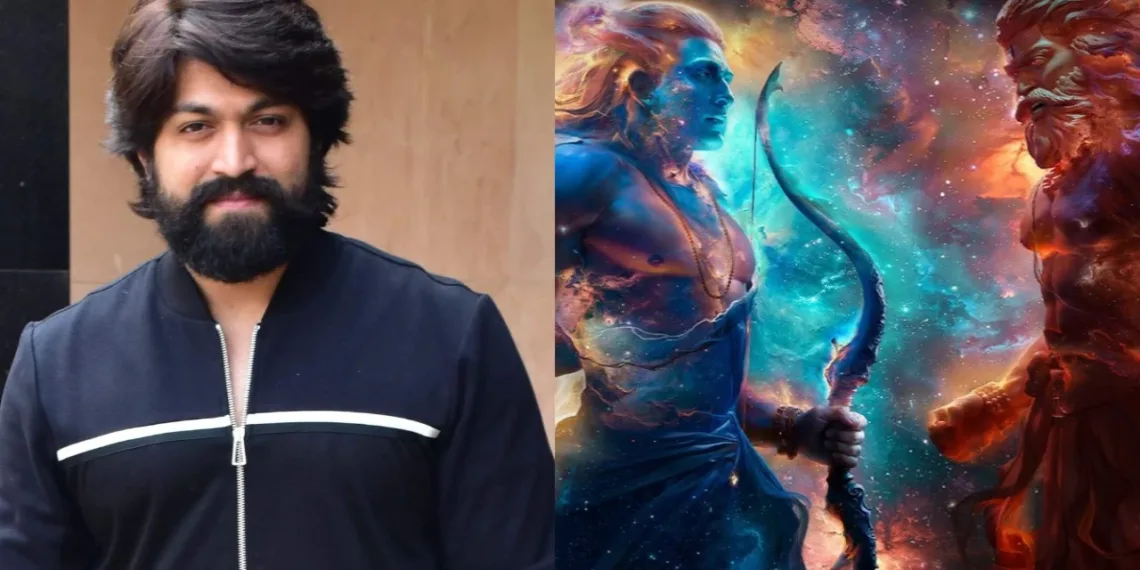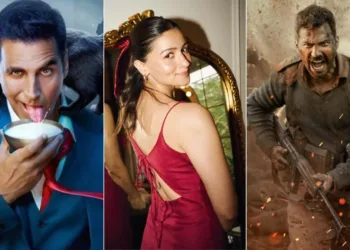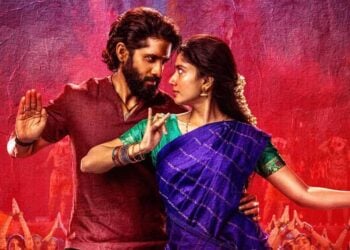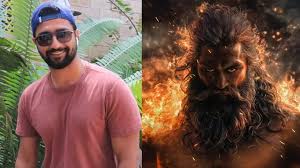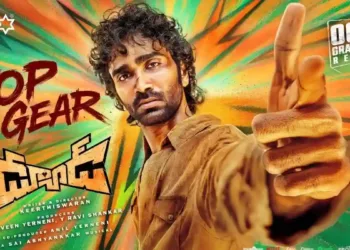The much-anticipated Ramayana Part 1 starring Ranbir Kapoor, Sai Pallavi, and Yash has sparked intense debate among fans following reports that the KGF superstar will have only 15 minutes of screentime in the mythological epic. While this might seem shocking for such a major casting coup, director Nitesh Tiwari’s strategic approach could actually enhance the film’s narrative impact and set up an explosive Part 2.
Table of Contents
Ramayana Strategic Narrative Decision Behind Limited Screentime
According to TellyChakkar, the KGF actor will reportedly get around 15 minutes of screen time in Part 1 of the mythological epic. The decision is said to be in line with the film’s narrative focus on Ram’s journey. This creative choice isn’t arbitrary—it’s rooted in the classical structure of the Ramayana itself.
It has been reported that Yash’s screentime in Ramayana Part 1 will be around 15 minutes as the film will end with the “Sita haran” scene. This means Part 1 will conclude with Ravana’s abduction of Sita, setting up the epic confrontation for Part 2.
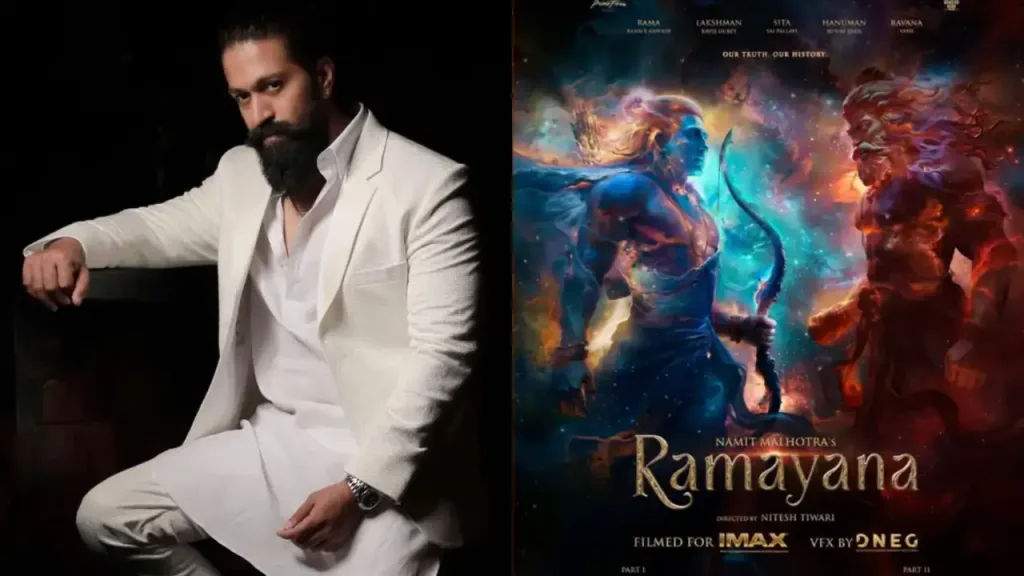
Cast and Character Breakdown
Main Characters in Ramayana Part 1
| Actor | Character | Expected Screentime | Significance |
|---|---|---|---|
| Ranbir Kapoor | Lord Ram | Major protagonist | Complete character arc |
| Sai Pallavi | Sita | Female lead | Love story and abduction |
| Yash | Ravana | Antagonist | 15 minutes (setup for Part 2) |
| Ravi Dubey | Supporting role | Secondary character | Various scenes |
Why 15 Minutes Makes Perfect Sense
The limited screentime for Yash’s Ravana in Part 1 actually follows the traditional narrative structure of the Ramayana. This creative decision is said to have more focus on Lord Rama’s journey, which aligns perfectly with the epic’s progression.
Strategic Storytelling Benefits:
- Character Introduction: 15 minutes allows for a powerful, memorable introduction
- Anticipation Building: Creates excitement for Part 2 where Ravana becomes central
- Narrative Focus: Keeps Part 1 focused on Ram and Sita’s love story
- Epic Reveal: Saves the full confrontation for maximum impact
The Ambitious Scale of Nitesh Tiwari’s Vision
The wait is finally over: Ramayana, starring Ranbir Kapoor, now has confirmed release dates. Part one is set to premiere on Diwali 2026, with part two following on Diwali 2027. This two-part structure allows for comprehensive storytelling that does justice to the epic’s scope.
Production Highlights:
- IMAX Format: Ramayana is being filmed for IMAX and will release worldwide in two parts
- Oscar-Winning VFX: The VFX of Ramayana is handled by an Oscar-winning company, and it will ‘blow’ the audience’s minds
- International Release: Worldwide distribution planned
- Musical Collaboration: Hans Zimmer and AR Rahman collaboration
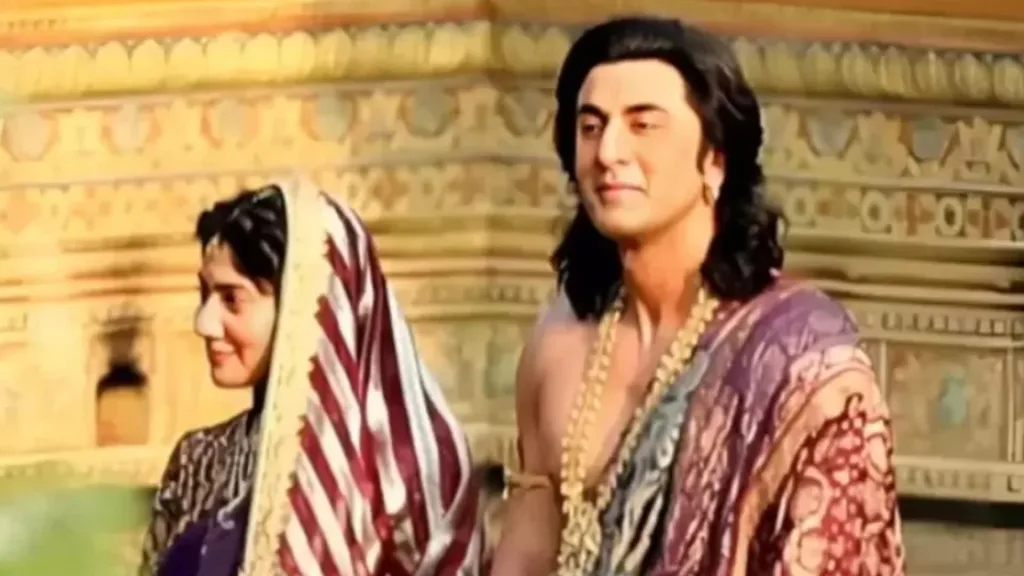
Fan Reactions: Why Limited Screentime Doesn’t Disappoint
Contrary to initial concerns, fans are embracing this strategic approach. Yash’s Small Screentime In Ramayana Part 1 Doesn’t Disappoint Fans because they understand the narrative logic behind it.
Fan Perspective:
- Quality over quantity approach
- Anticipation for Part 2’s epic battles
- Trust in Nitesh Tiwari’s vision
- Understanding of mythological storytelling structure
The Power of Strategic Character Placement
Yash’s limited but impactful presence in Part 1 serves multiple narrative purposes:
Character Development Strategy:
- Mysterious Introduction: Building intrigue around Ravana’s character
- Power Showcase: 15 minutes of pure menace and authority
- Cliffhanger Setup: Ending with Sita’s abduction creates anticipation
- Part 2 Dominance: Saves major character moments for the sequel
Technical and Creative Excellence
The first look of the Ranbir Kapoor, Yash, and Sai Pallavi headliner Ramayana has received a roaring response from social media users, indicating that the film’s visual spectacle is already creating buzz.
Production Values:
- Cinematography: Epic scale befitting the mythology
- Costume Design: Authentic period styling
- Set Design: Massive, detailed recreations
- Music: Legendary composers collaboration
What This Means for Yash’s Career
While 15 minutes might seem limited, this strategic placement could actually elevate Yash’s pan-Indian appeal:
Career Impact:
- Quality Association: Aligning with prestigious mythology
- National Audience: Expanding beyond regional cinema
- Character Iconography: Ravana is an iconic villain role
- Sequel Prominence: Major role in Part 2 guaranteed
Discover more about mythological cinema and character analysis on our comprehensive movie section for deeper insights into Indian cinema’s epic storytelling.
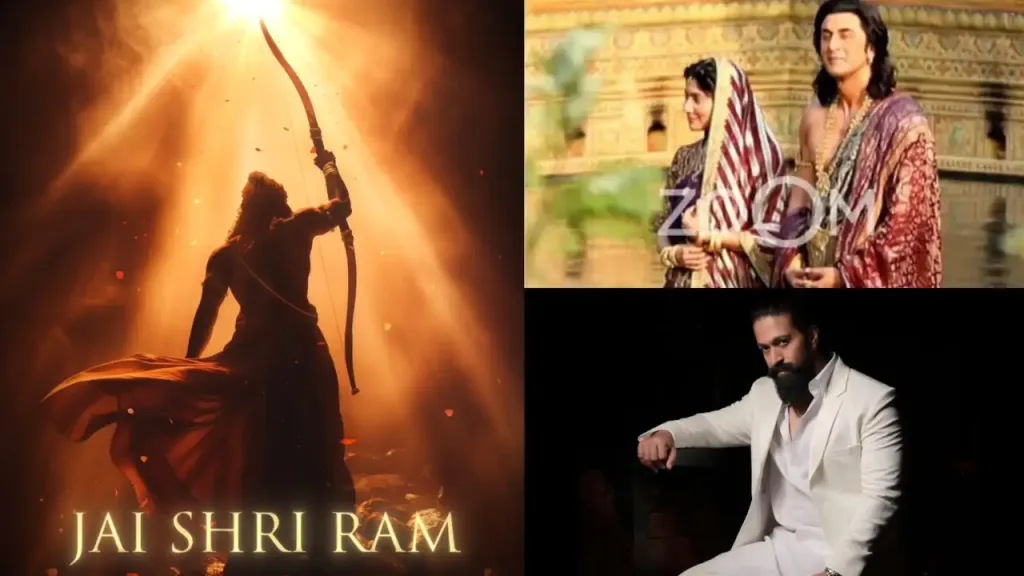
The Two-Part Strategy: A Masterstroke
The decision to split the Ramayana into two parts allows for:
- Proper Character Development: Each character gets their moment to shine
- Narrative Depth: Complete story without rushing
- Visual Spectacle: Time to showcase grand battle sequences
- Emotional Investment: Building audience connection across films
Release Timeline and Expectations
Key Dates:
- Part 1 Release: Diwali 2026
- Part 2 Release: Diwali 2027
- Genre: Action, Adventure, Drama
- Scale: Pan-Indian mythological epic
For more updates on upcoming Indian cinema and mythological adaptations, explore our entertainment news section.
Frequently Asked Questions
Q: Why does Yash only have 15 minutes of screentime in Ramayana Part 1?
A: The limited screentime aligns with the narrative structure of the Ramayana, where Ravana’s major role comes after Sita’s abduction. Part 1 focuses on Ram and Sita’s journey, ending with the “Sita haran” scene, which sets up Yash’s prominent role in Part 2. This strategic approach builds anticipation while maintaining story authenticity.
Q: Will Yash have more screentime in Ramayana Part 2?
A: Yes, Yash’s role as Ravana is expected to be central to Part 2, which will focus on the epic battle between Ram and Ravana. The 15-minute introduction in Part 1 serves as a powerful setup for his expanded role in the sequel, where the character’s full arc and confrontation with Ram will be explored.
Yash’s limited screentime in Ramayana Part 1 represents strategic storytelling rather than a missed opportunity. By building anticipation and focusing on narrative authenticity, Nitesh Tiwari has created a structure that promises to deliver both parts of this epic with maximum impact.

